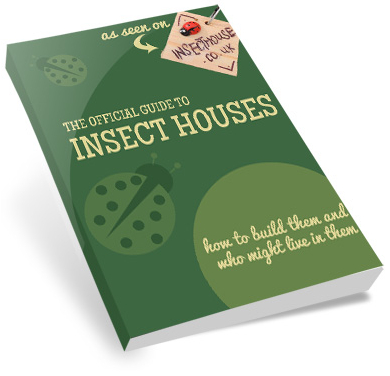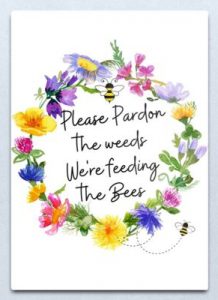What is a Small Copper Butterfly?
The Small Copper, Lycaena phlaeas, is a species of gossamer-winged butterfly family or the Lycaenids. It is also known as the Common Copper. The phlaeas came from the Greek word phlego “to burn up” and the Latin floreo “to flourish”.
Little yet swift-flying, this butterfly has a wingspan of only about 21 to 30 mm. Its forewings are unmistakable: vibrant coloured copper or orange with several black spots, making it easy to spot when resting on flowers or plants. The hindwings are grey with a wavy, orange border pattern. Some female species have beautiful blue spots in the orange border. Lycaena phlaeas is active during summer months and is one of the most fascinating butterflies known to naturalists.
What do Copper Butterflies eat?
The primary diet of the adult butterflies includes daisies, dandelions, buckwheat blossoms, thistles, heathers, ragworts, buttercups and red clovers. They get water and other nutrients from sucking wet sand and mud along streams and riverbanks. This activity is known as mud puddling.
Where do Copper Butterflies live?
The Small Copper can be found in many parts of North America, Europe, and Asia and can also be seen in northern parts of Africa and Ethiopia. It is widespread in the southern and central parts of United Kingdom and in Wales, Scotland and Ireland. Their colonies, usually small in size, are commonly seen in the British Isles.
Small Coppers inhabit many types of environments where there is abundance of larval food. These butterflies thrive in chalk, cliffs, railways, heaths, pastures, cleared woodlands, old quarrying sites, embankments, hay meadows, and grasslands, particularly in limestone. But mountainous areas are exemption. Their populations are highly localised, living in one environment at a time. When breeding, they can be found in sunny slope bottoms and covered hollows where there are less vegetations and more room for basking.
Interesting Copper Butterfly Facts
- The Lycaenids are the second largest family of butterflies in the world. They consist 40% of all known species of butterflies.
- The larvae have mutual relationship with ants. The larvae produce a substance called honey dew which serves as food to the ants while the larvae lives in the ant hill.
- The larvae communicate with ants by producing vibrations and low sounds that are transmitted through plants.
Activity
Find a Small Copper butterfly. Get a magnifying glass and count the black and blue (if there are any) spots in their wings. Jot it down in your list of butterfly facts.

